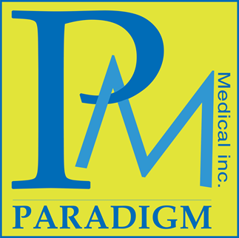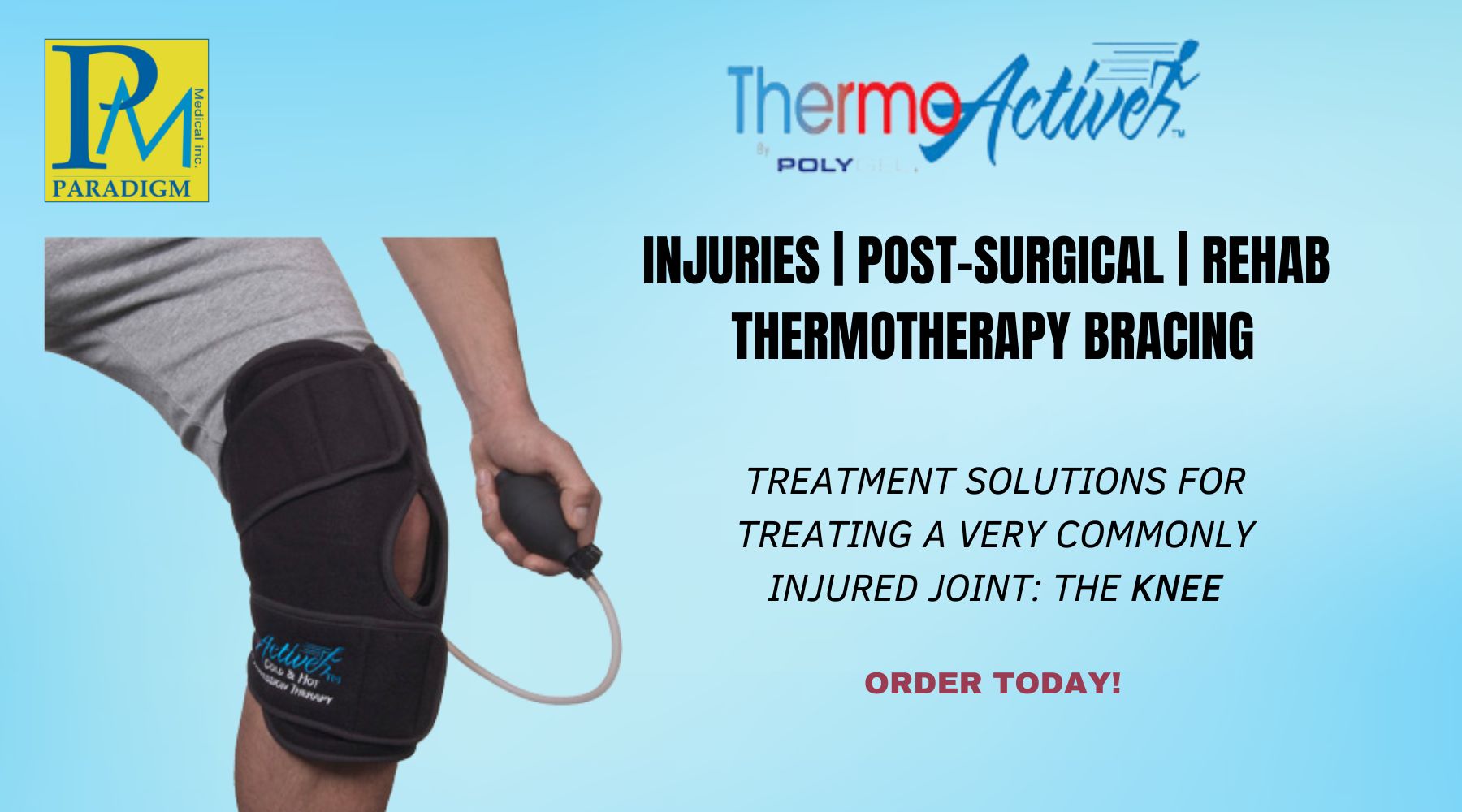Knee problems are common; you likely know someone who complains of "bad knees". There are various anatomic sources of knee pain, such as: arthritis, knee ligament injuries, torn meniscus, patellar tendonitis, chondromalacia patellae, dislocated kneecap, Baker's cyst, knee bursitis, plica syndrome, Osgood-Schlatter disease, osteochondritis dissecans, gout.

Treatments vary but the first line of defense usually consists of applying hot and cold packs with compression.
Physiological Effects of Cold
- Cold is the natural analgesic for pain relief
- Relieves inflammation and swelling
- Reduces edema
- Relieves sprains, strains, and tears of muscles, ligaments & tendons
- Relieves muscle spasms
- Helps recovery
Physiological Effects of Heat
- Provides an analgesic effect for pain relief
- Increases circulation to help remove debris and waste products
- Increases oxygen and nutrients to the area which promotes healing
- Increases cellular metabolism
- Increases capillary permeability
- Increases muscle & connective tissue extensibility to facilitate stretch
- Relieves muscle spasms
Compression Tailored to the Individual
- Uniform fit with Patient Control
- Provides 360˚ Joint or Muscle Contact
- Provides stability
- Promotes alignment
Available for back, knee, foot, ankle, shoulder, wrist, forearm and calf.
Gel pack can be used for both hot and cold therapy.
Customized compression using the air pump (included).
Features & Benefits
- For home use or in formal rehab setting
- One size fits most
- Natural remedy & analgesic
- Portable treatment – use it anywhere
- Improved outcomes and treatment cost reductions
- Restores range of motion
- Reduces swelling, edema and pain
- Reduces excessive wound drainage
- Relieves sprains, strains, tears
- Speeds recovery
- Shortens hospital length of stay


